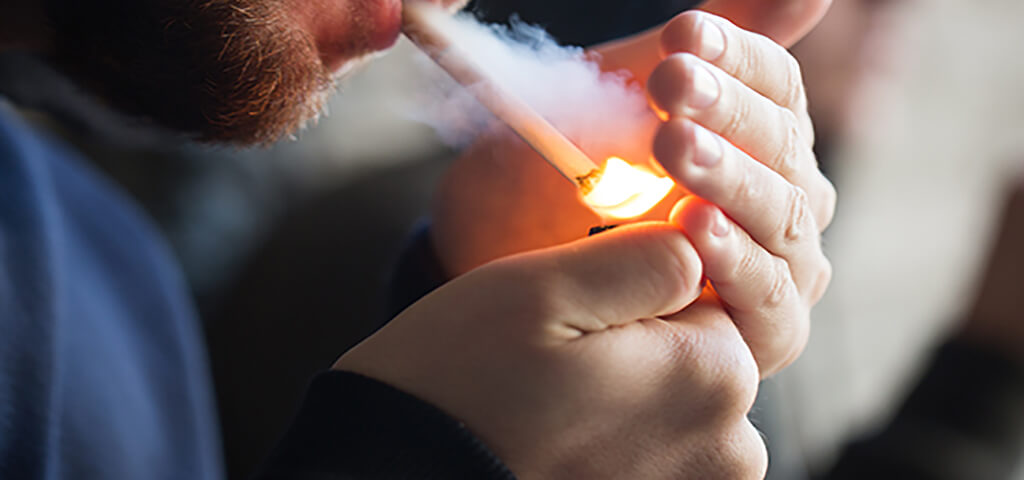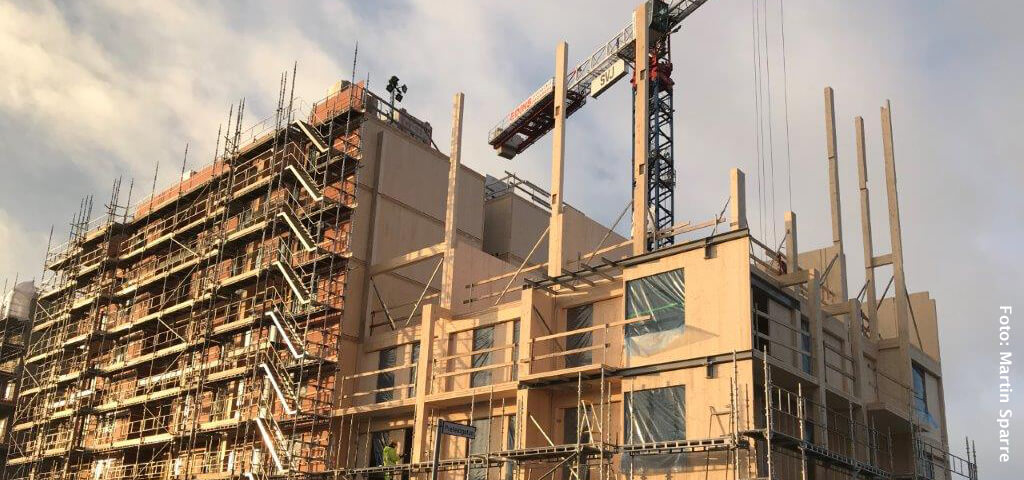
Fire spread through façades is a key feature of many high-consequence fire incidents with exceptionally difficult suppression challenges, often involving unproportionate damages and high fatality risk. Unlike many other aspects of fire safety, the framework for assessing the façade performance is far from harmonized. Most countries have their own methods and little is known regarding […]

When the elderly live in so-called ordinary housing, ie. in their own homes and not in special homes, the building legislation presupposes that the people in the event of a fire can put themselves in safety. This insight has led to training initiatives and information campaigns in recent years often being directed at this group. […]

Smoking has long been known as one of the dominant risk factors for dying in house fires and especially when combined with old age. Given that the number of elderly people is expected to increase significantly in the coming years, the number of fatalities can also be expected to increase. Although the proportion of smokers […]

Timber is a building material that in recent decades has evolved into new engineered timber products. This has allowed building construction to embrace the use of timber to a greater extent with new architectural possibilities together with the environmental benefits of using a natural and renewable material. Timber is a combustible material which offers challenges […]

Despite a large decline in the number of fatalities in Sweden since the 1950s, fire-related mortality is still a problem with around 100 deaths per year in fires. Most Swedish studies have shown significant differences in the risk of fire and the risk of injury and death from fire between different age groups, socio-economic groups […]

There are different types of phase changing materials and it is mainly the organic materials that constitute a challenge from a fire safety perspective. Organic phase changing materials, paraffin being a commonly used material, are in general combustible. Swedish building regulations are material neutral and takes into account the possibility for combustible building material and […]

Virtual Reality (VR) is an increasingly popular tool to use for evacuation research. The benefits of this technique are several, for example, it is cost-efficient and gives the researcher a high level of control regarding the perceived environment in the experiments. The tool has shown to be promising in previous validation studies. However, detailed such […]

In the future, the fire rescue services and other emergency response organizations, will to an increasing extent need support from the civil society in handling accidents and crises. In excluded areas, civil volunteers (Swedish abbreviation: CIP) can contribute to increased safety, security and prevention of crime in their local community. They can also act as […]

Recent trends with respect to energy consumption demands have increased the use of innovative façade systems both for new construction and building renovation projects. Different types of façades systems are used in order to achieve these requirements. Many of these systems are very complex and have not only fire requirements to fulfil but also other […]

The number of metro systems around the world is increasing rapidly. With an increase of metro systems, the number of deep underground metro stations will probably also grow. In Sweden, this is exemplified with station Sofia at the extension of the Stockholm metro system, which is planned to be situated around 100 meters below ground. […]









